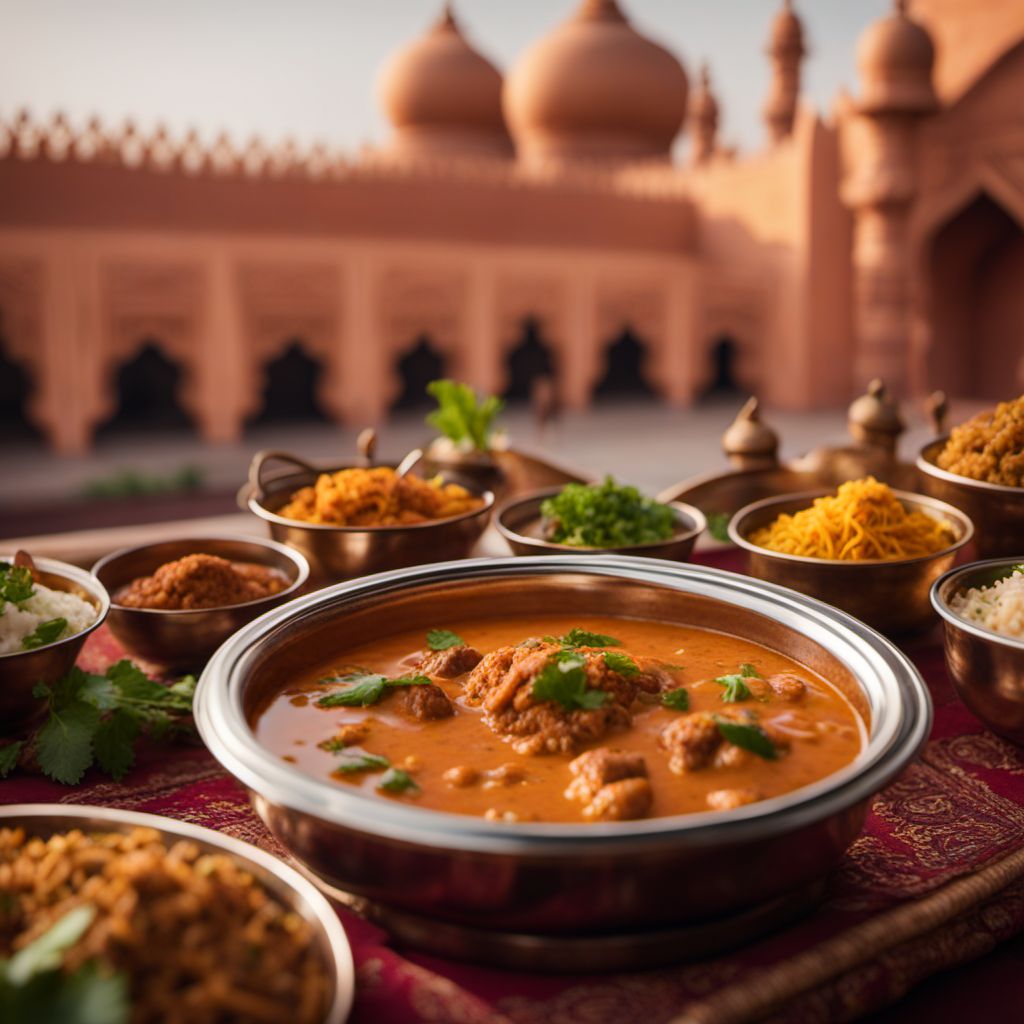
Cuisine
Sindhi cuisine
Sindhi cuisine is heavily influenced by the region's geography and climate, as well as its history and culture. The cuisine is characterized by its use of vegetables, particularly okra, eggplant, and tomatoes, as well as a variety of spices and herbs. Rice and bread are also staples of the cuisine, and are often served alongside vegetable dishes. Sindhi cuisine is known for its bold and complex flavors, which are achieved through the use of a wide range of spices and herbs. Some of the most commonly used spices in Sindhi cuisine include cumin, coriander, turmeric, and chili peppers.
Typical ingredients
Okra, Eggplant, Tomatoes, Onions, Garlic, Ginger, Cumin, Coriander, Turmeric, Chili peppers, Rice, Bread
Presentation and garnishing
Sindhi cuisine is often presented in large platters or bowls, and is garnished with fresh herbs and spices. Bread is also an important part of the presentation, and is often served alongside vegetable dishes.
Sindhi cuisine is known for its use of tamarind, which is often used to add a sour and tangy flavor to dishes. Tamarind is also a common ingredient in many Sindhi desserts.
More cuisines from this region...
Punjabi cuisine, Mughlai cuisine, Kashmiri cuisine, Pashtun cuisine, Muhajir cuisine
History
Sindhi cuisine has a long and rich history that dates back thousands of years. The cuisine has been influenced by a variety of cultures and civilizations, including the Persians, Greeks, and Arabs. Over time, Sindhi cuisine has developed into a unique and distinct culinary tradition that is celebrated throughout the region. Today, Sindhi cuisine is an important part of the cultural heritage of the Sindhi people, and is enjoyed by people all over the world.
Cultural significance
Sindhi cuisine is an important part of the cultural identity of the Sindhi people, and is often served at weddings, festivals, and other special occasions. The cuisine is also an important part of the hospitality culture in the region, and guests are often served large and elaborate meals as a sign of respect and honor.
Health benefits and considerations
Sindhi cuisine is generally high in fiber and low in fat, which makes it a good choice for people who are looking to improve their digestive health or lose weight. However, some dishes can be high in sodium, so it is important to eat them in moderation.
Sindhi cuisine recipes Browse all »

Sindhi-style Jeonbokjuk (Abalone Porridge)
Savory Sindhi Delight: Abalone Porridge with a Twist

Sindhi-style Fallue
Savory Sindhi Delight: Fallue with a Twist

Sindhi Khandvi
Silky Sindhi Khandvi: A Delicate Tapestry of Flavors

Sindhi-style Sgabeo
Sindhi Delight: Spiced and Savory Sgabeo
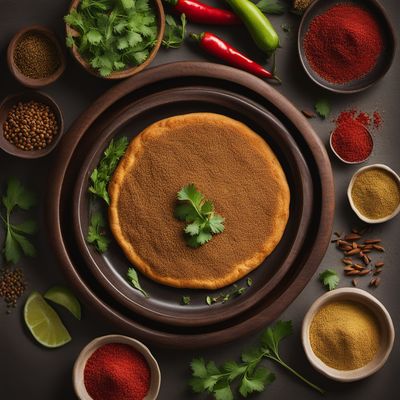
Sindhi-style Spiced Flatbread (Sindhi Coca)
Flavorful Sindhi Coca: A Spiced Delight from the Heart of Sindh
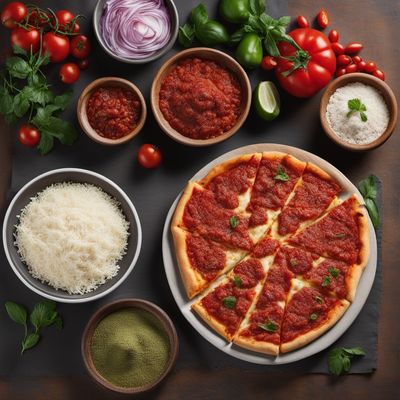
Sindhi-style Canotto Pizza
Sindhi Fusion Delight: Canotto Pizza with a Desi Twist
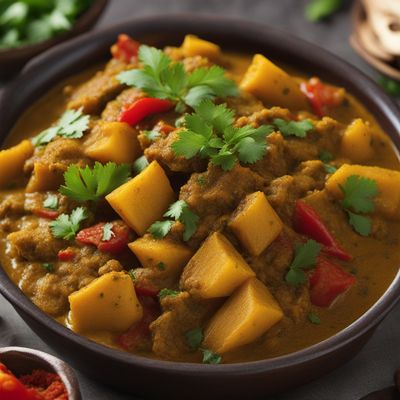
Sindhi-style Aloo Shimla Mirch Curry
Savory Sindhi Delight: Aloo Shimla Mirch Curry

Sindhi-style Spicy Potato Upperi
Sizzling Sindhi Spuds: A Fiery Twist on Potato Upperi

Sindhi-style Creamy Macaroni
Creamy Delight: Sindhi-style Macaroni with a Twist

Sindhi-style Spicy Shrimp Soup
Fiery Sindhi Delight: Spicy Shrimp Soup with a Twist
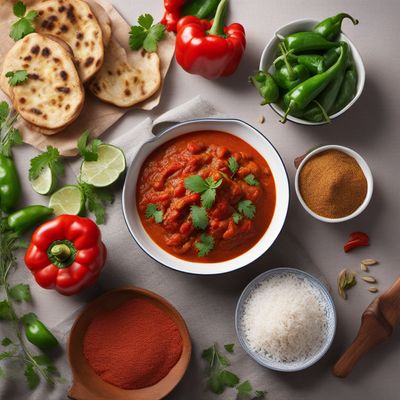
Stuffed Capsicum Curry
Sindhi-style Tangy Stuffed Capsicum Curry

Sindhi Badambura - Sweet Almond Pastries
Delicious Sindhi Badambura: A Sweet Almond Delight